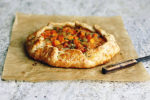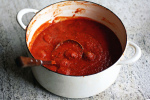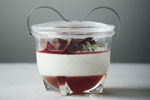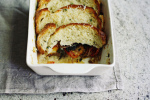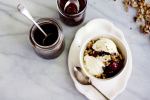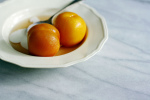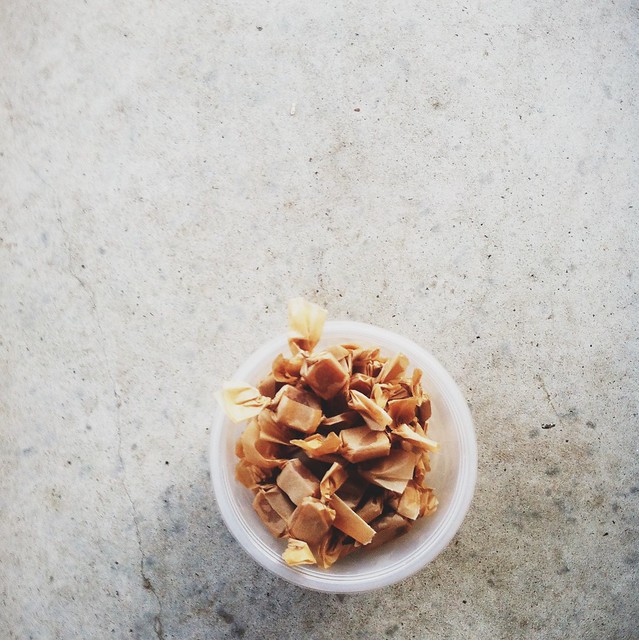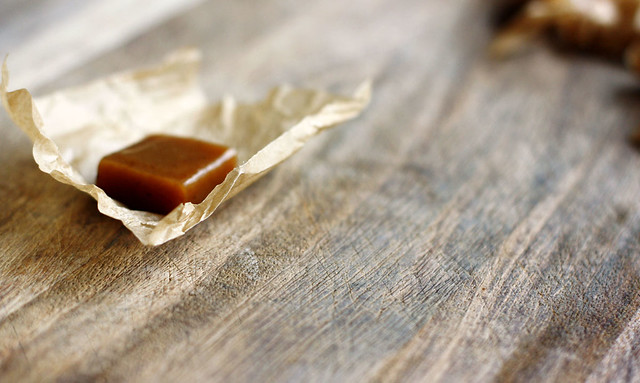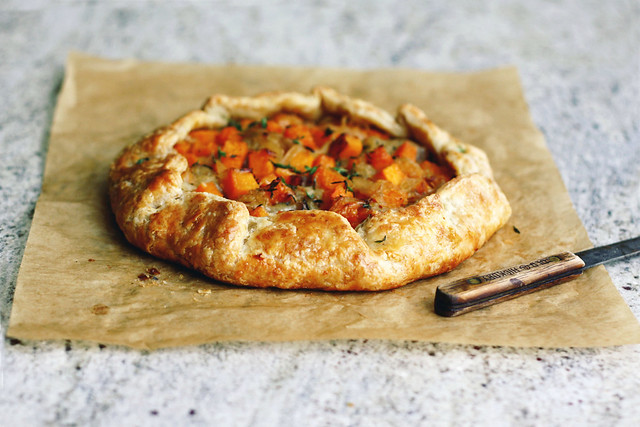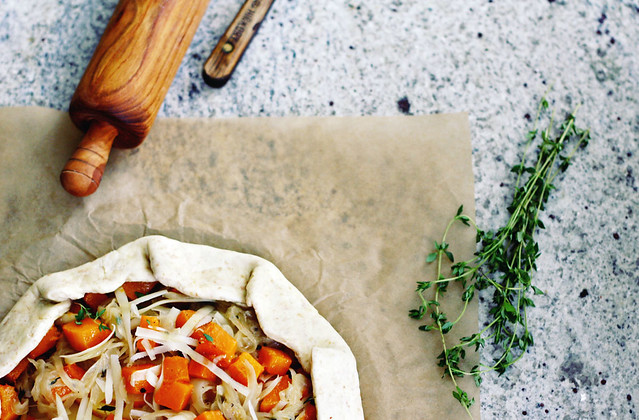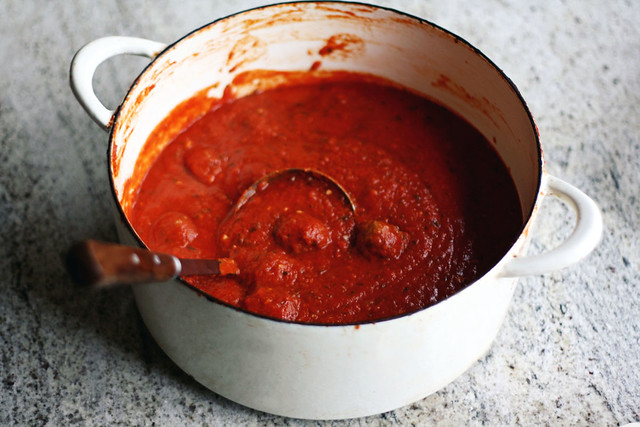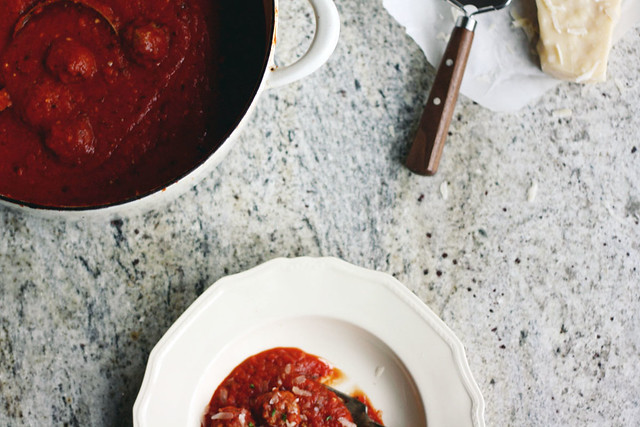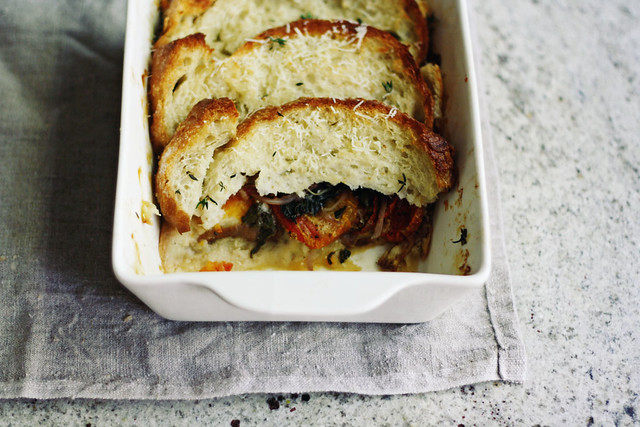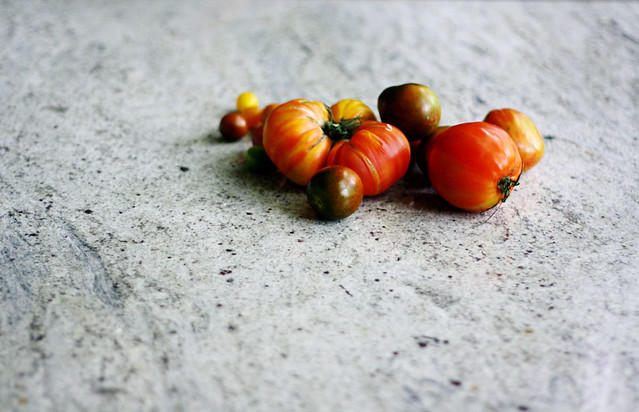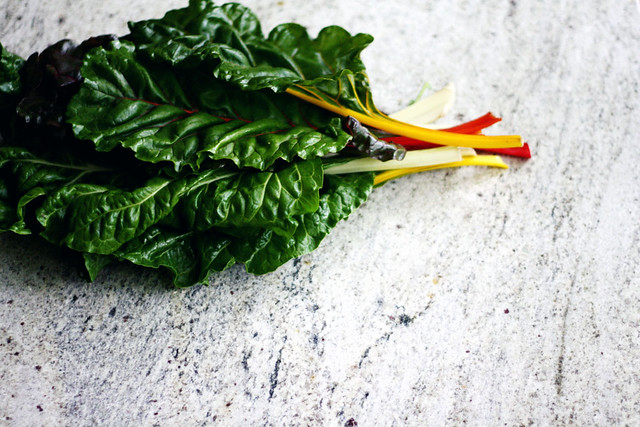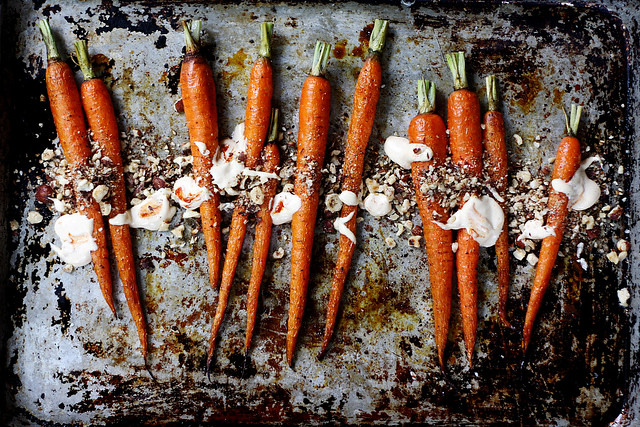Flicker and spark
 Monday, December 31, 2012 at 9:14AM
Monday, December 31, 2012 at 9:14AM When I worked at a theatre company in my teens, one season there was a play that opened with Geroge Gershwin's “Rhapsody in Blue”. I fell for it at first listen, somewhere in between the flirting tumble of notes at the beginning and the arcing rise up the scale before the clarinet cascades in a sigh. It was summer, and the play was a love story. One of my friends had a breathless crush on the production's male lead. One afternoon, the power went out in the theatre, so the show continued by candlelight.
It was all pretty romantic.
I'm keenly aware of how strange it sounds but when I was trying describe these apple cider caramels, namely caramels spiced with chai masala, strains of "Rhapsody in Blue" kept coming to mind.
Before I lose you entirely, it might be best to try to lay out what we have here. The recipe starts with reduced apple cider, bulked up with sugars and swirled with butter and cream. Then things perk up with a combination of spices; cinnamon, cardamom, clove, and ginger, flinty with black pepper, which taste to me how that Gershwin tune sounds.
Caramel can oftentimes be flat, all sugary heaviness, a dud. These caramels lilt; they flicker and spark. There are highs and lows, deep sweetness, prickling warmth, fragrance and flavour that rolls and develops. They're romance and drama wrapped up in brown paper, and totally worthy of infatuation.
They are soft caramels, not the kind that stick to your teeth and threaten to pull out your molars, but yieldingly-so; they stretch only the tiniest bit when bitten, then relax, supple and dense as you chew.
We made them by the trayful for gifts this December, in both a straightforward cinnamon version and this fussed up one. They were so popular, I'll be making them into January as well. I am not one for candy, usually, but found it easy enough to make an exception in this case (this being my other). And speaking of ease, these are a cinch as far as candy making goes; some boiling and stirring, then pouring out. Just make sure to keep an eye on the bubbling pot towards the end — when it comes to temperature the caramel will be a smidge lighter in colour than these photographs show, as the shade deepens with the addition of the spices, and even further when the candy cools.
And for that ease, you get something stunning. A candy that's interesting yet familiar, and altogether dreamy. Candlelight not required.
Happy new year.
APPLE CIDER CARAMELS WITH CHAI MASALA
Modified slightly from Deb Perelman and her book The Smitten Kitchen Cookbook (Appetite by Random House, 2012), rewritten by me, except as noted.
Cinnamon, cardamom, ginger, clove and black pepper are fairly standard for chai masala — the mixture used, as you might gather, to flavour masala chai. I think the assortment of spices brings further complexity to the caramels, and works nicely with the apple cider. And, as it's evocative of gingersnaps and gingerbread, the blend matches well with the echoes of the holiday season. While it's not traditional in masala chai, if so inclined, seeds scraped from 1/2 a fresh vanilla bean can be added to the spiced salt.
The original caramel recipe calls for cinnamon alone, so feel free to use 1/2 teaspoon of the ground stuff if that is your preference.
Deb says: Apple cider (sometimes called sweet or “soft” cider), as I’m referring to it here, is different from both apple juice and the hard, or alcoholic, fermented apple cider. It’s a fresh, unfiltered (it has sediment), raw apple juice — the juice literally pressed from fresh apples. It’s unpasteurized, and must be refrigerated, because it’s perishable. In the Northeast, I usually find it at farm stands and some grocery stores. I occasionally find vacuum- sealed bottles called apple cider in the juice aisle, but none of the bottled varieties that I’ve tried has the same delicate apple flavor as the more perishable stuff sold in the refrigerator section.
4 cups (945 ml) apple cider
1/4 teaspoon ground cinnamon
1/4 teaspoon ground ginger
1/8 teaspoon ground cardamom
A good pinch ground clove
A few turns of freshly-ground black pepper
2 teaspoons flaky sea salt, less of a fine-grained one
8 tablespoons (115 grams or 1 stick) unsalted butter, cut into chunks
1 cup (200 grams) granulated sugar
1/2 cup (110 grams) packed light brown sugar
1/3 cup (80 ml) heavy cream
Neutral oil for the knife
Bring the apple cider to a boil in a large saucepan over high heat. Continue to boil, stirring occasionally, until transforms into a dark, thick syrup and is reduced to about 1/2-1/3 cup in volume, which should take around 35 to 40 minutes.
Meanwhile, set out the other ingredients, as the candy comes together pretty quickly at the end. Line the bottom and sides of an 8-inch, straight-sided metal baking pan with a cross of parchment. Set aside. In a small bowl, stir together all the spices with the sea salt.
Once the apple cider is reduced, remove it from the heat and quickly stir in the butter, sugars and heavy cream. Return the pot to medium-high heat and let it boil until a candy thermometer reads 252°F, about 5 minutes.
Immediately remove the caramel from the heat. Add the spiced salt mixture, and give the caramel several stirs. Pour the caramel into the prepared pan and set it aside to cool; around 2 hours at room temperature, or faster in the fridge. Once the caramel is set, use the parchment paper sling to transfer the block of candy to a cutting board. With a well-oiled knife, cut the caramel into 1-by-1-inch squares. Place the cut pieces onto a parchment-lined baking sheet and place in the fridge for 10 minutes before wrapping. Once firmed up, wrap each in pieces of parchment or wax paper, twisting or folding closed.
The caramels will be soft at room temperature, or can be kept firm in the fridge. They'll last about two weeks, either way.
MAKES 64 candies.
First photo taken from my Instagram. For those who asked about the recipe, this is for you. I hope you enjoy them. xo!
 caramel,
caramel,  deb perelman,
deb perelman,  spices in
spices in  confection
confection 

